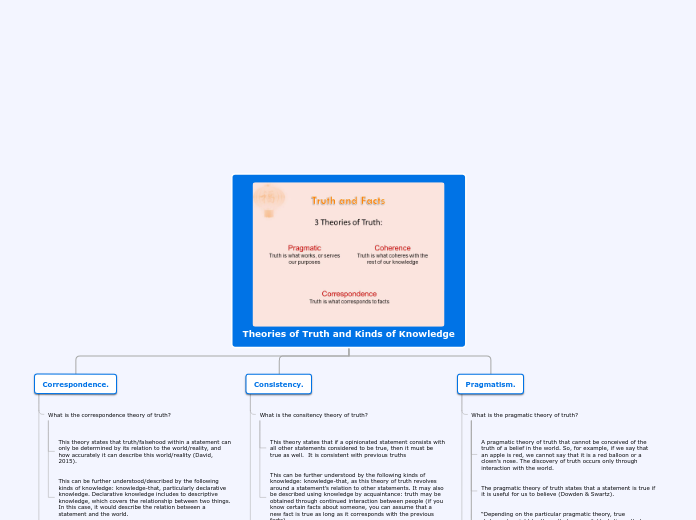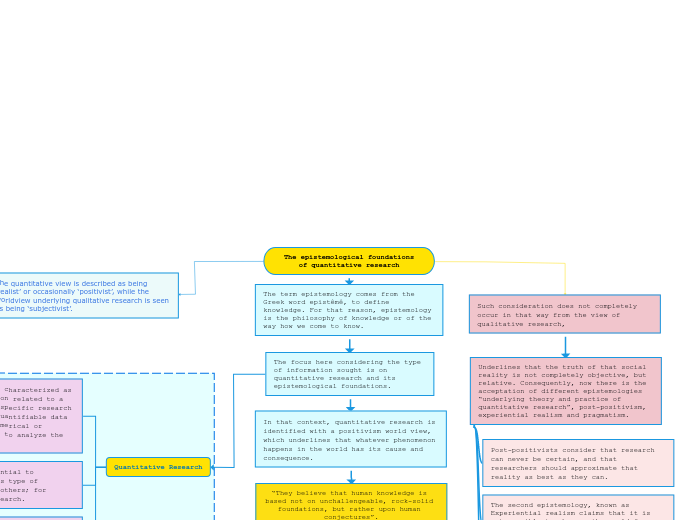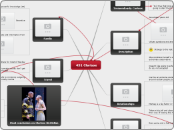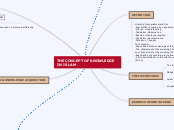av Justin Parent 5 år siden
512
Truth and Knowledge in Everyday Life
The text explores how epistemology, the study of knowledge, is applied to daily life through different aspects of truth and knowledge. It introduces three primary theories of truth:









